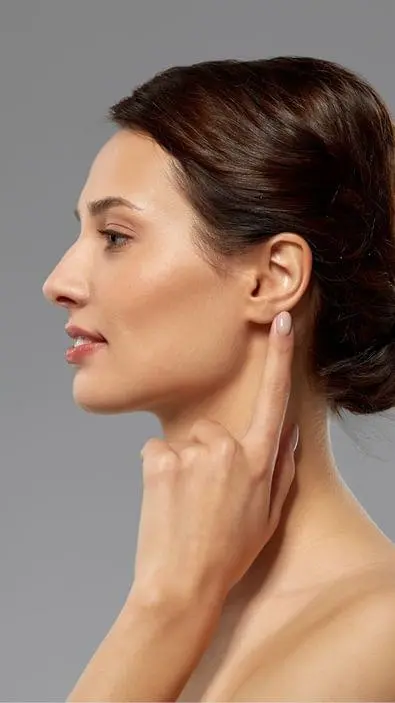Basically, the ear correction itself is an uncomplicated operation that usually runs without problems. However, despite the greatest care, isolated complications can occur immediately after the operation. However, an initial disturbance in the sensation of touch is normal and only temporary - it will completely disappear after a few days. Every surgical procedure requires the severing of fine nerve tracts in the skin, which can lead to loss of sensation, especially when it is cold. These discomforts will gradually subside over time, but in some cases may be permanent. If you experience severe pain after the auricle correction, the causes may be a bandage that is too tight or a bruise. This must then be clarified by a medical check-up, since a bruise may have to be punctured. In rare cases and with a corresponding predisposition, a so-called keloid can develop - a scar growth that is characterized by a bulging, thickly swollen, discolored, itchy and, above all, painful scar. Pressure bandages and cortisone injections can initially help here.
Subsequent surgical removal of the keloid is also possible, although this involves the risk that the growth may recur. In addition, infections of the wound can occur in individual cases, as a result of which wound healing is delayed accordingly. However, this can be quickly managed by taking antibiotics and adhering to hygiene regulations. Sometimes the disruption in blood supply can damage the skin or cartilage, although the risk is higher if there has been previous surgery on the outer ear. In addition, due to a rare incompatibility of the suture material, the sutures can be rejected, which means that the auricle can protrude again.
As a rule, the cosmetic results after an ear correction are very good, but you should note that no two ears are the same - neither before nor after the operation. For example, the cartilage structure of one ear can be constructed differently than that of the other and can protrude further. In addition, the auricle can be deformed by uneven scar formation or unequal restoring forces. In such a case, another operation is needed, correcting the results.






